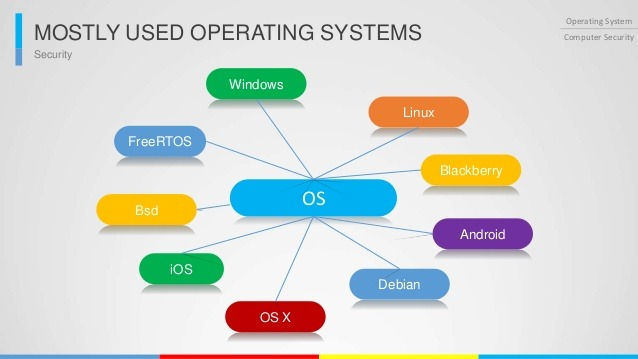Programming language generations
- Khaled Ahmed
- Apr 28, 2018
- 2 min read

A low-level programming language is a programming language that provides little or no abstraction from computer's microprocessor.
A high-level programming language is a programming language that is more abstract, easier to use and more portable across platforms.
1- The first generation languages(1GL)
also known as a Machine Language, are low-level language that are machine language.
example: it can provide a set of instructions and data that a computer's central processing unit can execute directly
2- The second-generation languages(2GL)
known also as an Assembly Languages , are also low-level assembly languages. They are sometimes used in kernels and hardware drives, but more commonly used for video editing and video games
example: it can write instructions using symbolic instruction codes that are meaningful abbreviations or mnemonics
3- The third generation language(3GL)
are high level languages, such as C, C++, Java, JavaScript, and Visual Basic.
A third generation programming language (3GL) is a grouping of programming languages that introduced significant improvements to second generation languages, designed to make the programming language more programmer-familiar.
English words are used to denote variables, programming structures and commands, and Structured Programming is supported by most 3GLs. Generally known 3GLs are FORTRAN, BASIC, Pascal and the C-family (C, C+, C++, C#) of languages.
Also known as a 3rd generation language, or a high-level programming language.
explaining the Third Generation (Programming) Language (3GL)
Programmers in 3GLs are preferable by using combined data types, variable names and the ability to define sections of code as subroutines. The program in 3GL is called the Source Program or Source Code and it latterly transformed by a specialized program, the Compiler, to Object Code, understandable by the specific computer and CPU.
Since the introduction of the Compiler in 1952, hundreds of 3GLs have been developed, specifically providing benefits for programmers of applications serving various business and scientific domains. In 1957, IBM formed FORTRAN (Formula Translator) to facilitate computerized mathematically-intensive scientific research. COBOL (Common Business Oriented Language) was instrumental in spurring a surge of programs serving the business arena, with its enhanced ability to provide record keeping and data management services. Most of the general purpose programming languages used today such as C, C++, C# and Java are 3GLs.
examples: Fortran, Algol 60 & 68, Pascal C and ADA
4- The fourth-generation languages(4GL)
also known as a Microprocessors Declarative Languages, are languages that consist of statements similar to statements in a human language. Fourth generation languages are commonly used in database programming and scripts examples include Perl, PHP, Python, Ruby, and SQL.
examples: The programmers focuses on what needs to be done rather than how to do it and it also incorporates graphi – cal development environments.
Standard ML, Lisp, SQL and visual basic.
5- The fifth-generation languages(5GL)
are programming languages that contain visual tools to help develop a program. Examples of fifth generation languages include Mercury, OPS5, and Prolog.
Fifth Generation (Present and Beyond) Fifth Generation Languages are basically an outgrowth of artificial intelligence research from the 1980s. The approach is to build a program that implements a specific algorithm to solve problems. Artificial Intelligence.
resources:
2. https://en.wikipedia.org/wiki/Programming_language_generations




Comments